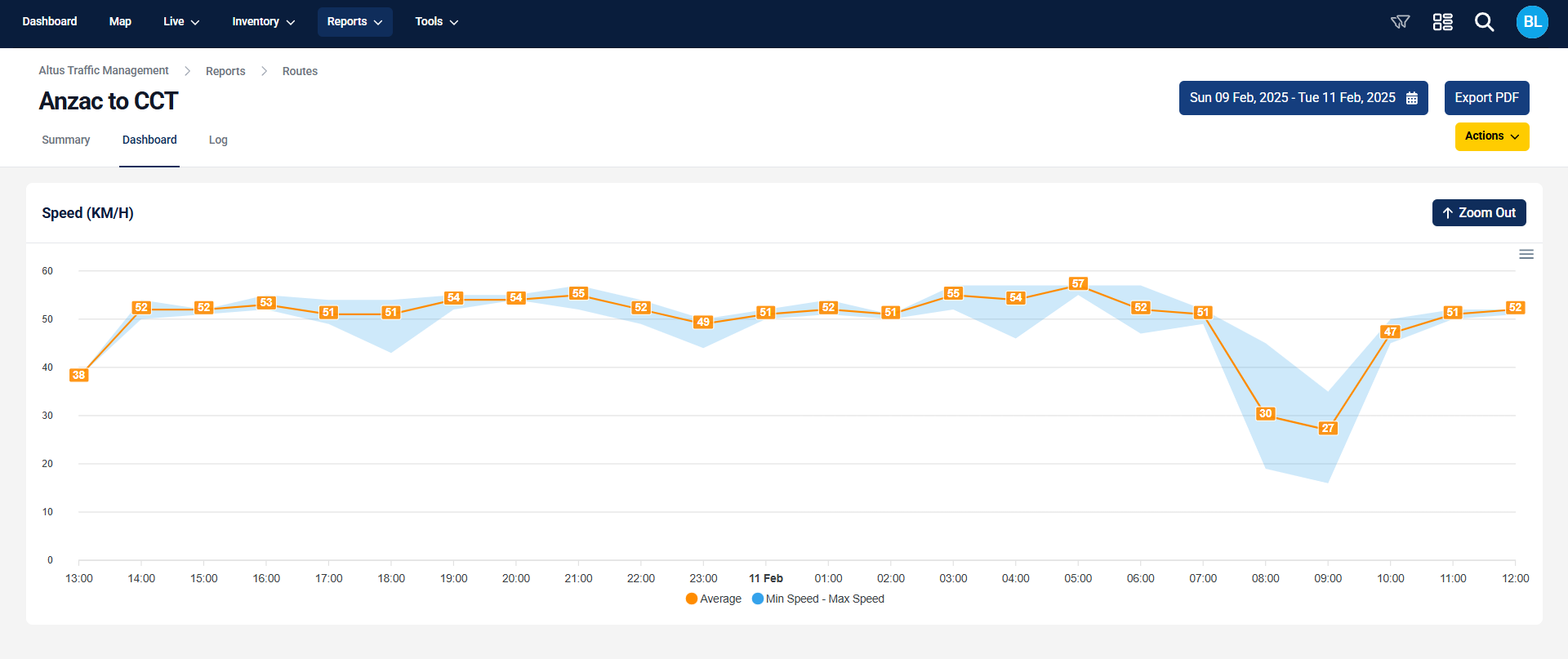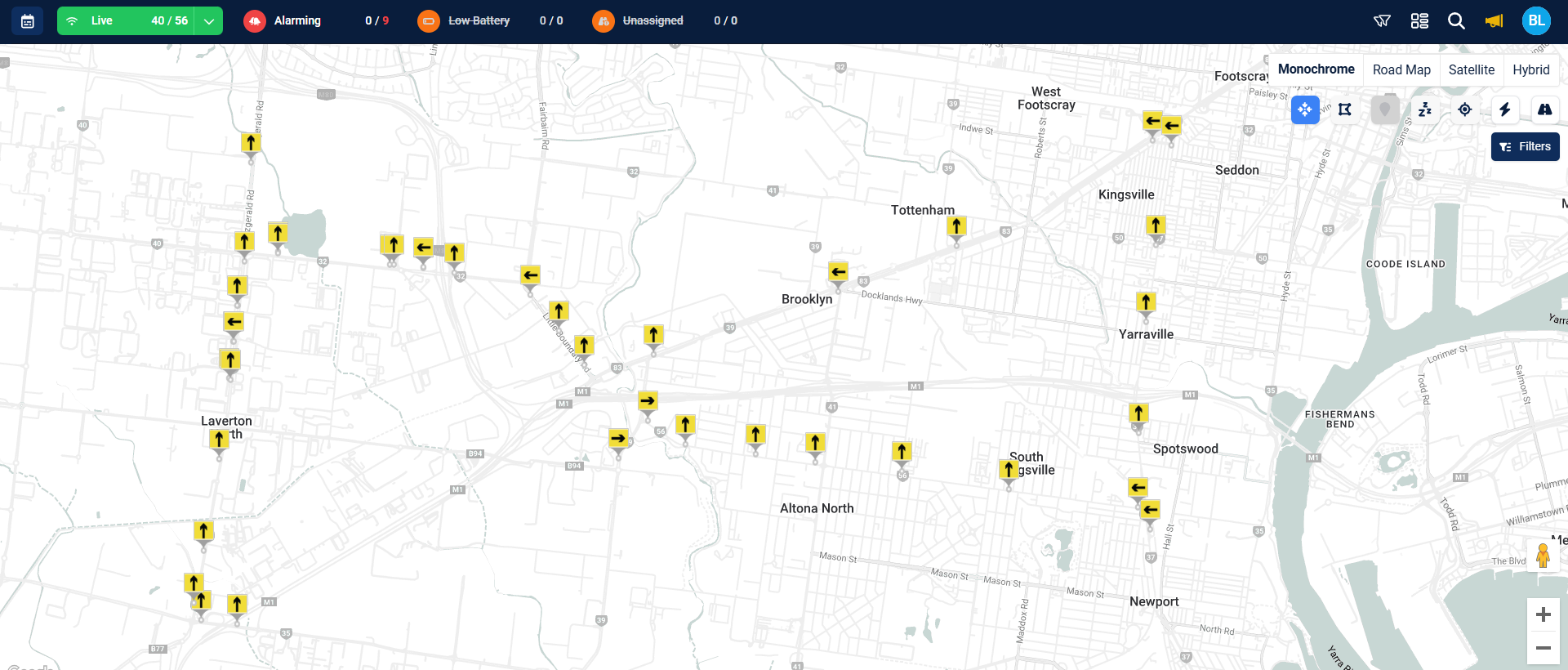Why Real-Time Monitoring is Crucial for Roadworkers
Every day, roadworkers step into environments where safety is non-negotiable. Working just metres from live traffic, in changing weather conditions, often in the early hours or late at night, demands not only skill and vigilance, but also smart, real-time support. That’s where real-time monitoring becomes a game-changer.
The Reality of Roadwork Risk
Despite best practices and strict safety protocols, roadwork zones remain high-risk environments. The unpredictability of driver behaviour, worksite intrusions, and changing traffic conditions can create dangerous situations in a matter of seconds.
Traditional monitoring methods, such as manual checks or delayed reporting, simply aren't fast enough to respond to these risks. Roadworker safety relies on immediate information—and the ability to act on it.
What Is Real-Time Monitoring?
Real-time monitoring involves the live tracking and analysis of workzone conditions using connected technologies—such as Workzone Digitisation by Altus Traffic. It provides instant visibility into what’s happening on-site, helping supervisors, traffic controllers, and operations teams make faster, better-informed decisions.
At Altus Traffic, real-time monitoring plays a vital role in how we protect people and ensure worksites operate smoothly and safely.
5 Key Benefits of Real-Time Monitoring for Roadworkers
1. Immediate Hazard Detection
If an unauthorised vehicle enters a closed lane or a work zone, real-time monitoring systems can trigger instant alerts—giving teams precious seconds to respond, protect personnel, and prevent collisions.
2. Live Traffic Flow Adjustments
Conditions on the road can change rapidly. With real-time data, traffic controllers can adjust signal timings, lane closures, or detour routes in the moment, reducing congestion and keeping roadworkers safer from frustrated or confused drivers.
3. Incident Response and Escalation
When incidents do occur, fast communication is critical. Real-time systems enable direct communication between field staff, control centres, and emergency services, ensuring help arrives quickly and the scene is managed safely.
4. Improved Accountability and Compliance
With accurate, time-stamped data from the field, teams can ensure compliance with permit conditions, traffic control plans, and safety procedures—creating transparency for clients, regulators, and road users.
5. Smarter Safety Decisions
Historical data collected from real-time monitoring can be analysed to identify trends, predict risk, and inform better planning. This means safer worksites—not just today, but on every future job.
Supporting a Culture of Safety
At Altus Traffic, we don’t just talk about safety—we invest in the people, technology, and systems that make it real. Real-time monitoring is one of the many ways we deliver on our mission to create the safest possible work environments.
Because every roadworker deserves to go home safely, every single day.
For Further Information:
- Find out more about the Workzone Digitisation system here.
- If you would like further information about Workzone Digitisation, please contact our Head of Digital, Beth Lilford at beth.lilford@altusgroup.com.au



